دستاورد جدید دانشمندان دانشگاه مریلند آنها را موفق به ارسال دادههای نوری از طریق هوا کرده است.
به گزارش سرویس علمی خبرگزاری دانشجویان ایران (ایسنا)، کابلهای فیبر نوری در مخابره دادهها در شکل پالسهای نوری کارآمد هستند، اما باید از لحاظ فیزیکی پشتیبانی شوند و فقط میتوانند با میزان محدودی برق سر و کار داشته باشند. هماکنون دانشمندان دانشگاه مریلند جایگزینی را برای این کابلها ارائه دادهاند.
در یک کابل نوری سنتی، نور در طول یک هسته شیشهای شفاف حرکت میکند و این هسته توسط ماده پوشاننده دیگری احاطه شده که در مقایسه با شیشه دارای شاخص انکساری پایینتری است. در نتیجه، زمانی که نور در تلاش برای پخششدن است، این پوشش آن را دوباره به درون هسته منعکس میکند و کانون و شدت آن را حفظ میکند.
تیمی از محققان به رهبری «هاوارد میلشبرگ» هادیهای موجی هوایی خلق کردهاند که بر اساس همین قاعده عمل میکند.
برای خلق این هادیهای موج، آنها از چهار لیزر استفاده کردند که در یک شکل مربعی آرایش شدهاند (هر لیزر در یک گوشه) تا پالسهای لیزری قدرتمند و کوتاهی را از طریق هوا بفرستد. زمانی که پرتوهای آنها واژگون میشوند، به شکل پرتوهای باریکتری موسوم به «رشته» در میآیند. دلیل بروز چنین شکلی این است که در لیزر نوری به اندازه کافی قدرتمند، نور در مرکز پرتو دارای شاخص انکسار بالاتری در مقایسه با محیط بیرون است.
میلشبرگ معتقد است این رشتهها زمانی که از خلال هوا عبور میکنند، آن را گرم میکنند و حفره تونلمانندی از هوای با شدت پایین بر جای میگذارند. این هوا نیز دارای شاخص انکساری پایینتر در مقایسه با هوای اطراف است بنابراین نور به آسانی از خلال آن عبور نمیکند.
پس از آن که لیزرهای سازنده رشته، آتش میگیرند، لیزر پنجمی که در وسط مربع قرار دارد، برای خلق جرقهای در هوا به کار میرود. نور حاصل از این جرقه به فضای بین چهار حفره وارد میشود و زمانی که شروع به انتشار میکند، توسط حفرهها دوباره به درون منعکس میشود.
هادیهای موج هوایی فقط برای چند میلیثانیه باقی میمانند، گرچه باز هم زمان کافی برای ارسال و دریافت دادهها وجود دارد.
میلشبرگ امیدوار است از هادیهای موج هوایی برای ارسال سیگنالهای نوری در طول یک مسافت دست کم 50 متری بهره ببرد. وی همچنین به دنبال استفاده از این فناوری برای مخابره دادهها در فضاهای طولانی و همچنین کارکردهایی مانند شناسایی آلودگی جوی، بررسی مکانهای خطرناک مانند رئاکتورهای هستهای و تسلیحات لیزری است.
جزئیات این مطالعه در مجله Optica منتشر شد.
انتهای پیام
"Air waveguides" used to send optical data through the air
Efficient as fiber optic cables are at transmitting data in the form of light pulses, they do need to be physically supported, and they can only handle a finite amount of power. Still, what's the alternative ... just send those focused pulses through the air? Actually, that's just what scientists at the University of Maryland have already demonstrated in their lab.
In a traditional optical fiber, light travels along a transparent glass core. That core is surrounded by a cladding material with a lower refractive index than the glass. As a result, when the light tries to spread out (as it would if it were traveling through the air), the cladding reflects it back into the core, thus retaining its focus and intensity.
A team led by Prof. Howard Milchberg has created "air waveguides" that work on the same principle.
To make these waveguides, they start by using four lasers arranged in a square formation (one laser at each corner) to send short, powerful laser pulses through the air. As their beams collapse, they form into narrower beams known as filaments. The reason that these form is because in sufficiently powerful laser light, the light at the center of the beam has a higher refractive index than that at the outside.
Milchberg noted that the filaments heat the air as they pass through it, leaving a tunnel-like "hole" of low-density air in their wake. That air also has a lower refractive index than the surrounding air, so light doesn't travel through it as easily.
After the four filament-making lasers are fired, a fifth laser located in the middle of the square is used to create a spark in the air. The light from that spark travels down the space between the four holes, and is reflected back in by them whenever it starts to disperse.
The air waveguides only last for a matter of milliseconds, although that could still be plenty of time to both send and receive data.
So far, they've only been used to transmit light a distance of about one meter (3.3 ft). When that light reached a detector at the far end, it was found to be 1.5 times stronger than if a waveguide were not used. According to Milchberg, the relative advantage would be much larger over longer distances, in which the light would otherwise become considerably more dispersed.
To that end, he now hopes to use air waveguides to send a light signal over a distance of at least 50 meters (164 ft).
Ultimately, he envisions the technology being used to transmit data across long spaces that aren't conducive to the stringing of cables, along with applications such as atmospheric pollution detection, inspection of hazardous locations such as nuclear reactors, and laser weapons.
A paper on his research was recently published in the journal Optica.



 الی گشت
الی گشت
 بلیط استانبول
بلیط استانبول
 تور استانبول
تور استانبول
 آینه کاری
آینه کاری
 تعمیرکار درب ریموتی پارکینگ
تعمیرکار درب ریموتی پارکینگ
 رستاک شلف،انواع قفسه های فلزی فروشگاهی
رستاک شلف،انواع قفسه های فلزی فروشگاهی
 اخبار جدید سهام عدالت
اخبار جدید سهام عدالت
 کاندوم اکسپرس
کاندوم اکسپرس
 شیر قهرمان
شیر قهرمان
 مزایده ایران خودرو
مزایده ایران خودرو
 اموزش فارکس
اموزش فارکس
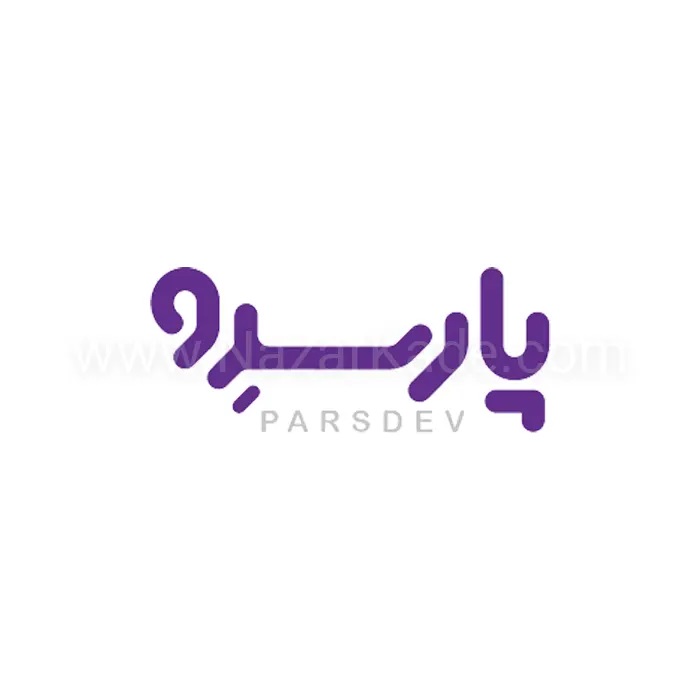 خرید سرور مجازی
خرید سرور مجازی
 مزایده خودرو
مزایده خودرو
 سرویس خواب دو نفره ساحل چوب
سرویس خواب دو نفره ساحل چوب
 خرید فالور ارزان
خرید فالور ارزان
 رپورتاژ آگهی
رپورتاژ آگهی
 دوره فارکس
دوره فارکس
 هزینه معلم خصوصی ساعتی چند؟
هزینه معلم خصوصی ساعتی چند؟
 درمان ریزش مو زنان
درمان ریزش مو زنان
 لوله مانیسمان
لوله مانیسمان
 تعمیرکار جک پارکینگ
تعمیرکار جک پارکینگ
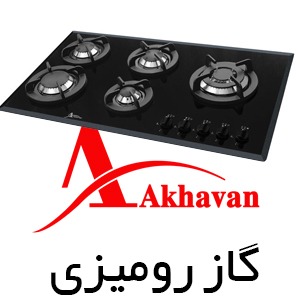 گاز رومیزی
گاز رومیزی
 خرید وب مانی
خرید وب مانی
 آموزش طراحی لباس
آموزش طراحی لباس
 رم سرور اچپی - قیمت رم سرور اچپی
رم سرور اچپی - قیمت رم سرور اچپی
 سالن عقد شیک
سالن عقد شیک
 مجله سفر و گردشگری
مجله سفر و گردشگری
 تبلیغات چریکی
تبلیغات چریکی
 خرید از ebay
خرید از ebay
 طراحی سایت تبریز
طراحی سایت تبریز
 آموزش تعمیرات برد
آموزش تعمیرات برد
 esfahanahan.com
esfahanahan.com
 شیرآلات
شیرآلات
 کارتون دوبله فارسی
کارتون دوبله فارسی
 تعمیرکار کرکره برقی
تعمیرکار کرکره برقی
 خرید کت شلوار دامادی ال سی من
خرید کت شلوار دامادی ال سی من
 vamezdevaj
vamezdevaj
 فروشگاه اینترنتی
فروشگاه اینترنتی
 شیرآلات قهرمان
شیرآلات قهرمان
 طراحی پورتال سازمانی
طراحی پورتال سازمانی
 سرور مجازی بورس
سرور مجازی بورس
 بلیط استانبول
بلیط استانبول
 اجاره سوله در جاده مخصوص کرج
اجاره سوله در جاده مخصوص کرج
 مجله سرگرمی فانیبو
مجله سرگرمی فانیبو
 خرید فالوور واقعی فعال
خرید فالوور واقعی فعال
 آموزش بورس
آموزش بورس
 خرید سرور hp
خرید سرور hp
 هارد سرور اچپی - خرید هارد سرور HP
هارد سرور اچپی - خرید هارد سرور HP
 اجاره وثیقه
اجاره وثیقه
 الکترود جوشکاری آذرجوش
الکترود جوشکاری آذرجوش
 رسام سرور
رسام سرور
 خرید یوسی پابجی موبایل
خرید یوسی پابجی موبایل
 پارتیشن اداری
پارتیشن اداری
 قیمت پارتیشن شیشه ای
قیمت پارتیشن شیشه ای
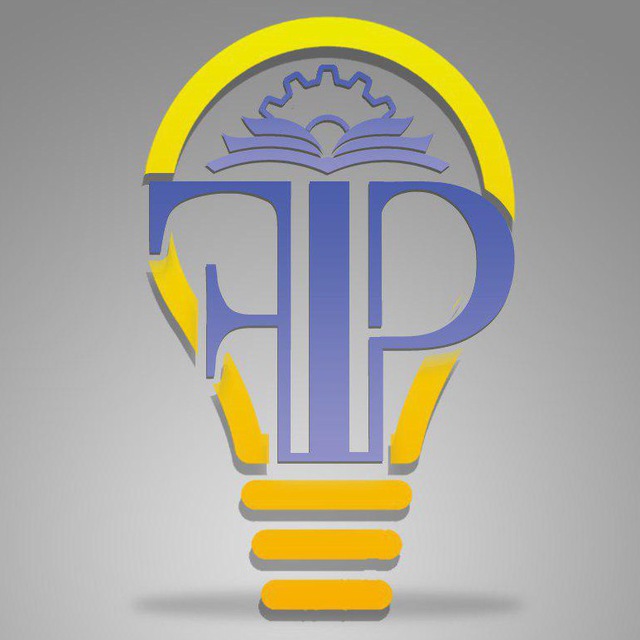 آموزش تعمیرات موبایل
آموزش تعمیرات موبایل
 تور مسکو سن پترزبورگ
تور مسکو سن پترزبورگ
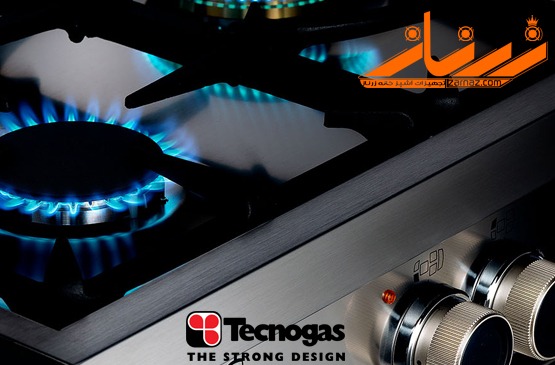 گاز صفحه ای تکنوگاز
گاز صفحه ای تکنوگاز
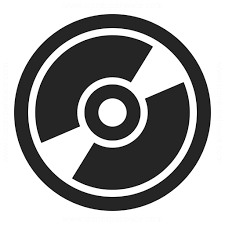 چاپ سی دی
چاپ سی دی
 دانلود آهنگ ارشاد
دانلود آهنگ ارشاد
 سایت ترجمه
سایت ترجمه
 تعمیرکار درب اتوماتیک
تعمیرکار درب اتوماتیک
نظر شما چیست؟
لیست نظرات
نظری ثبت نشده است